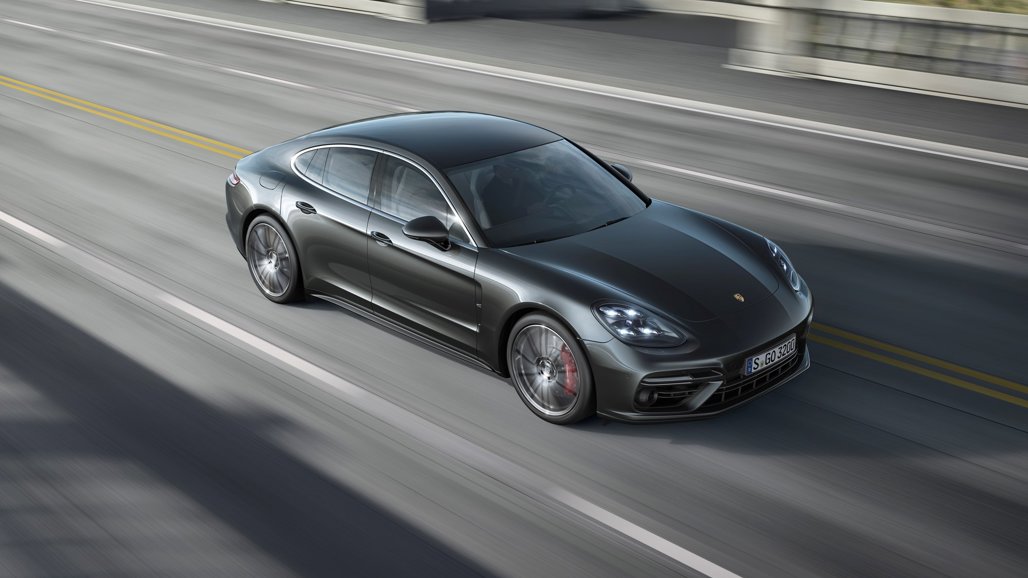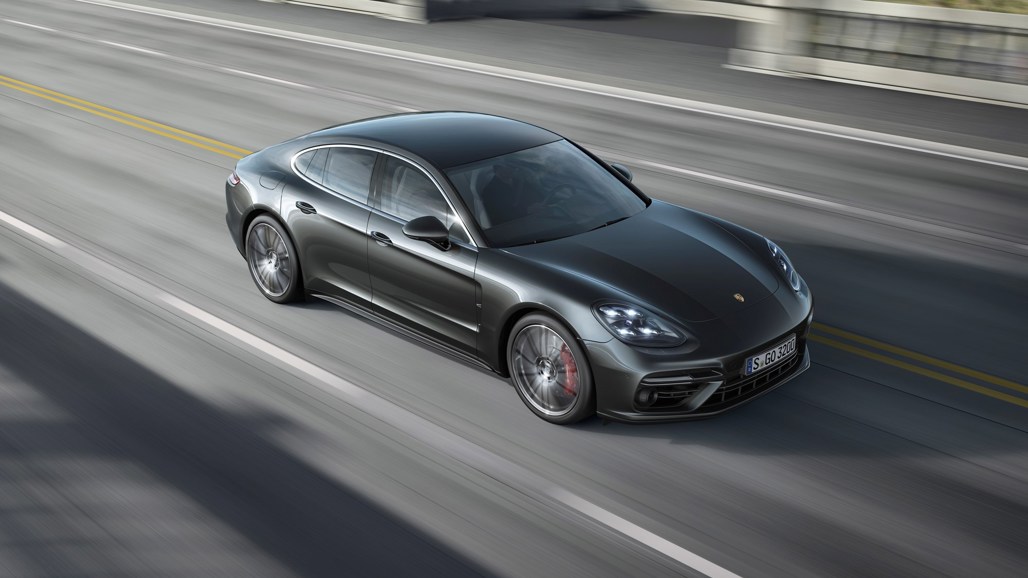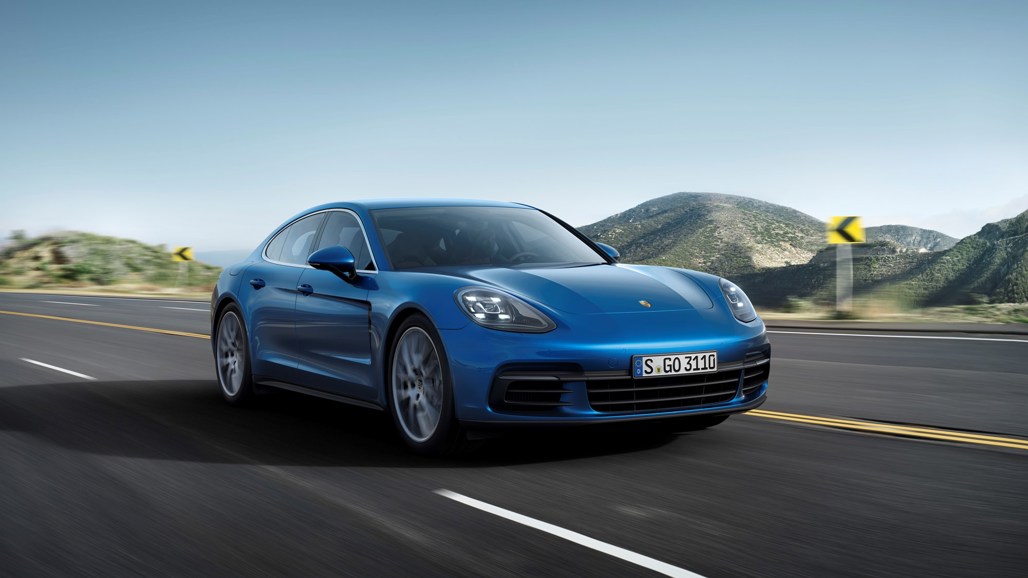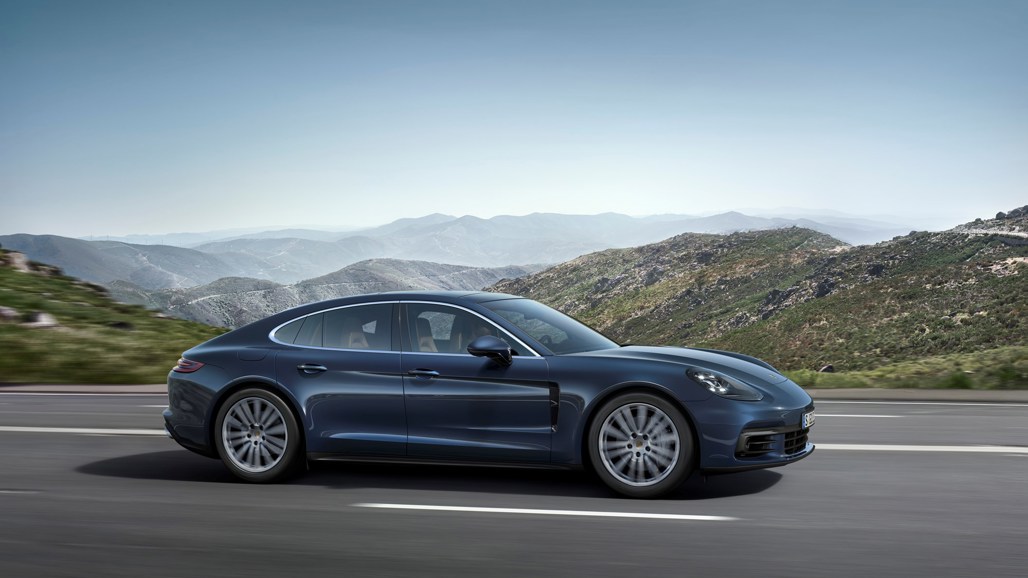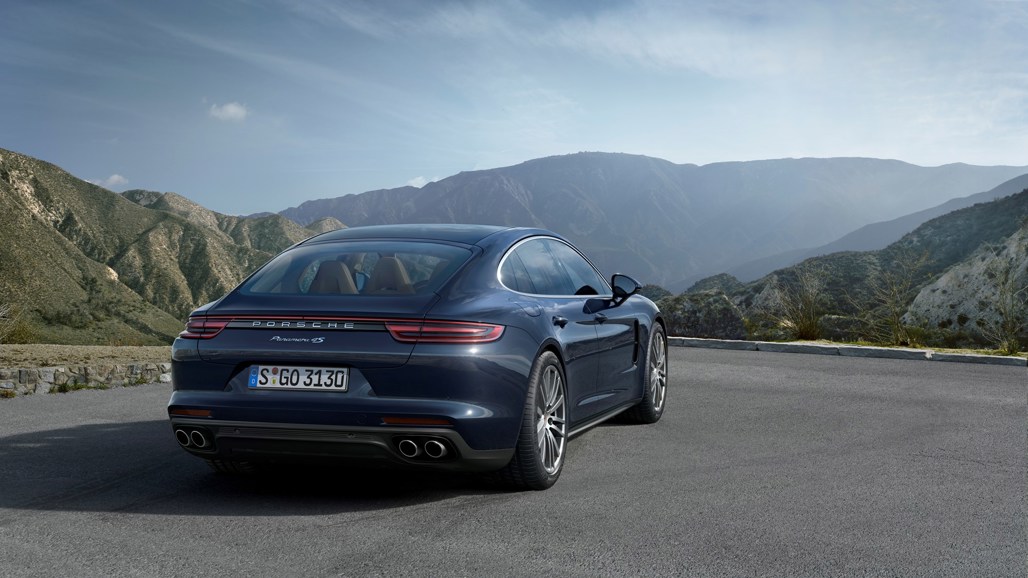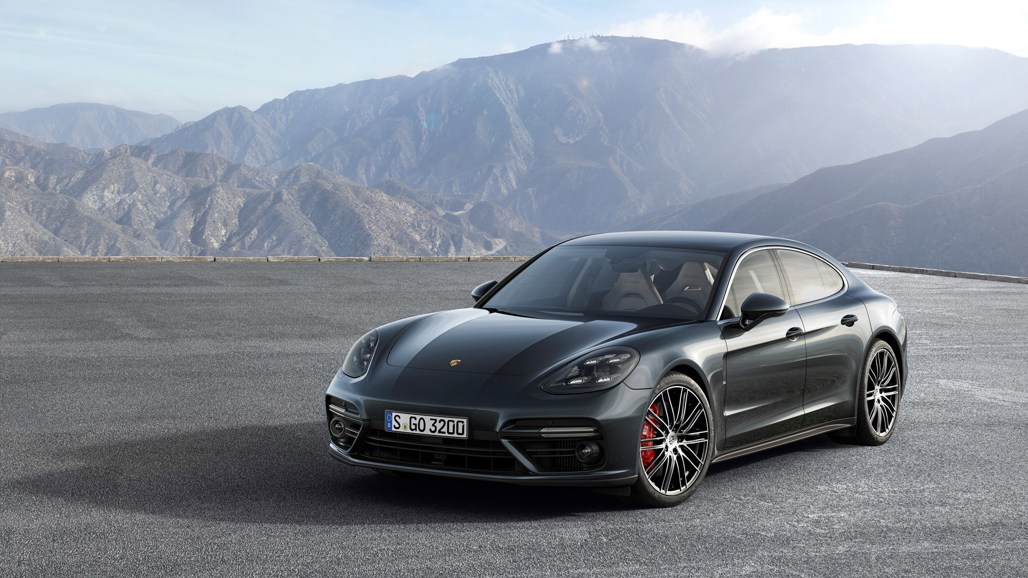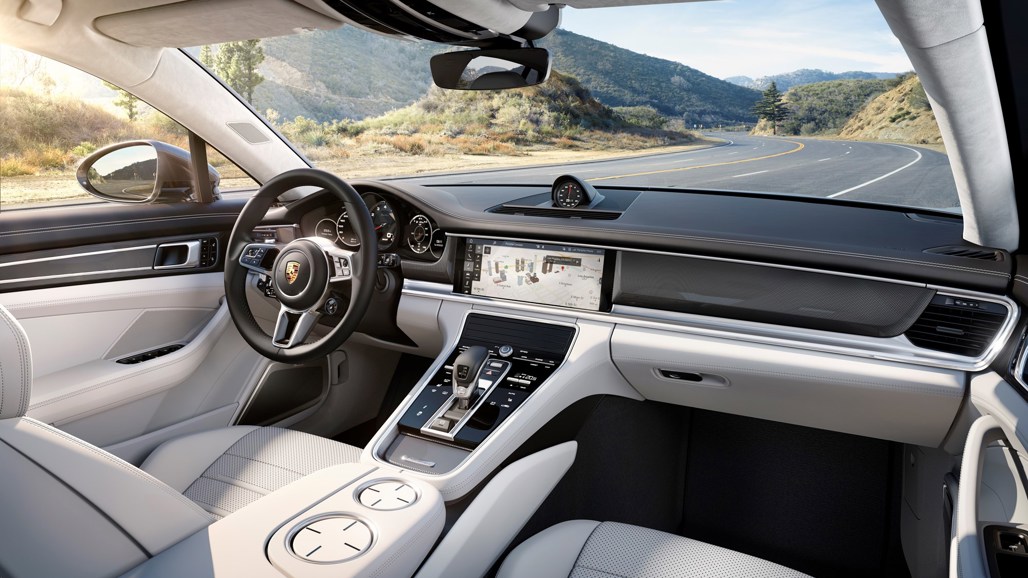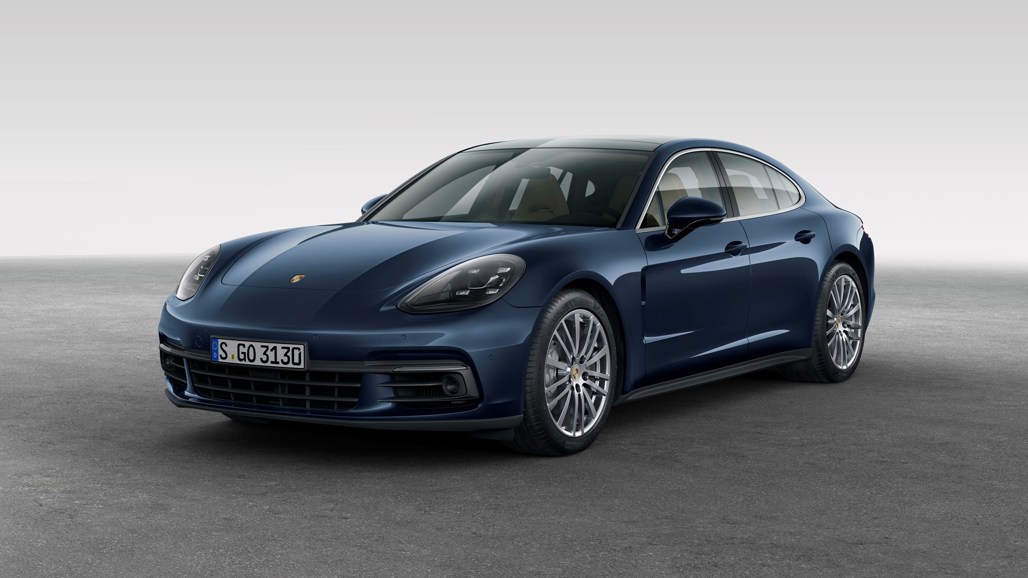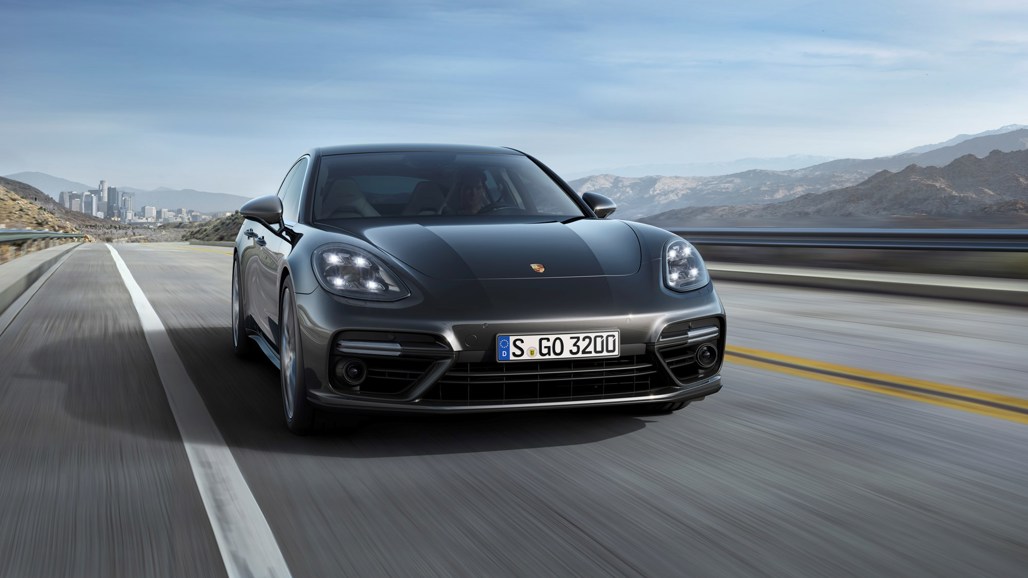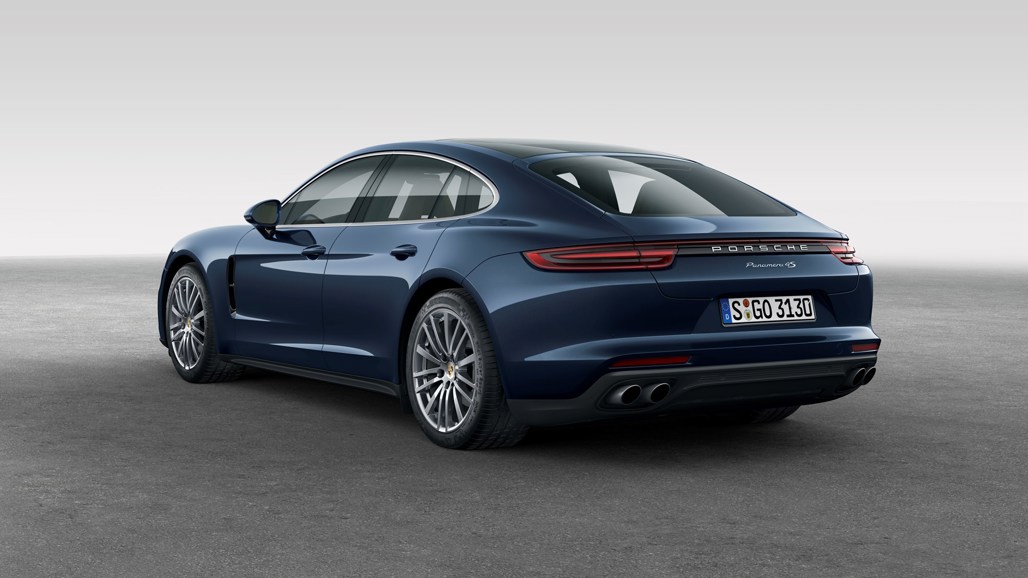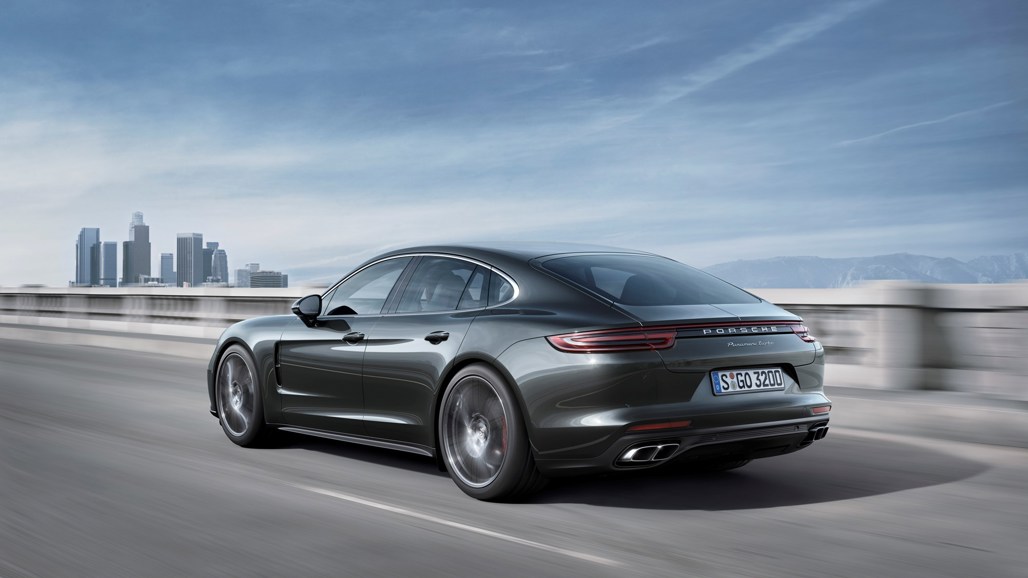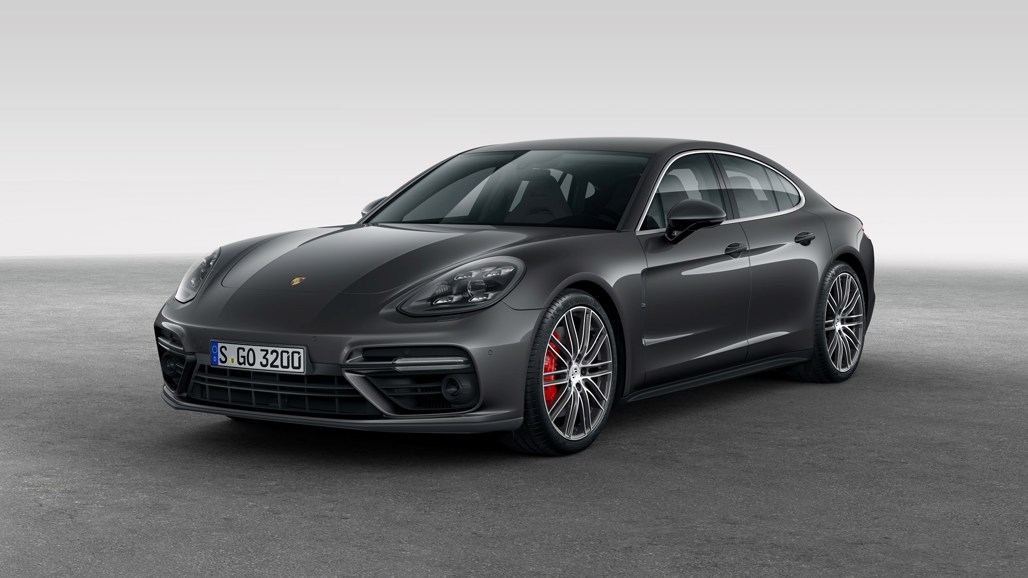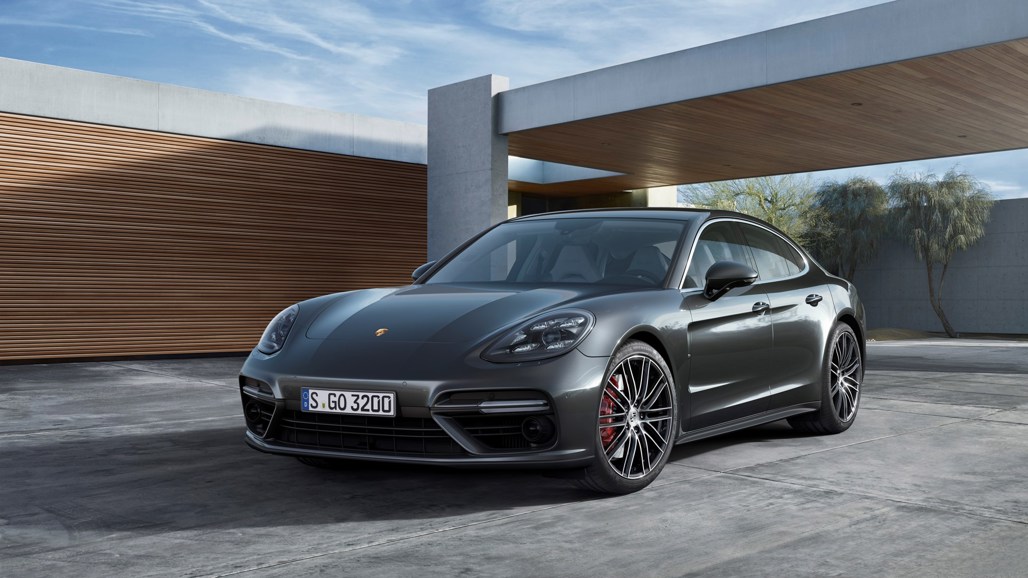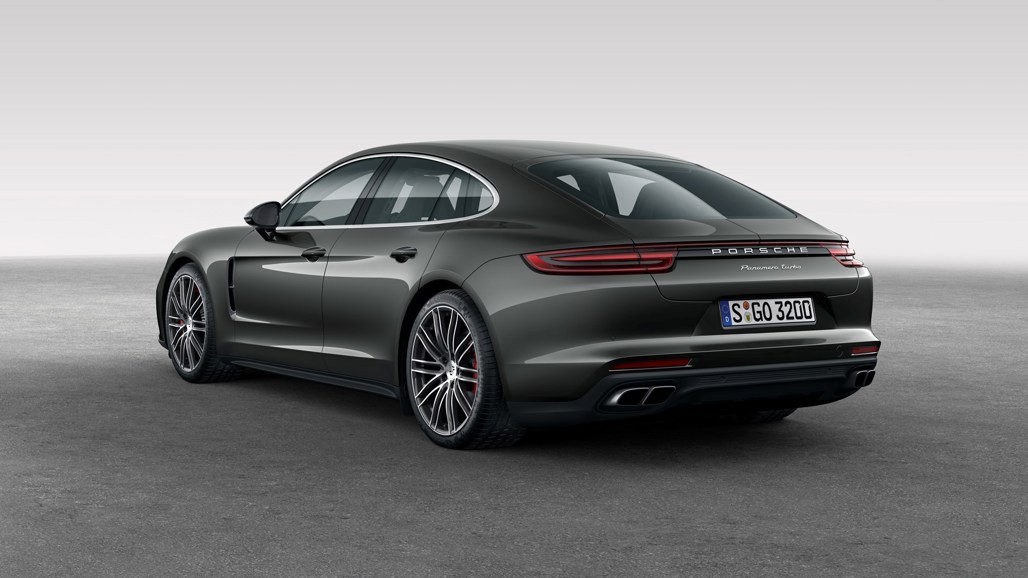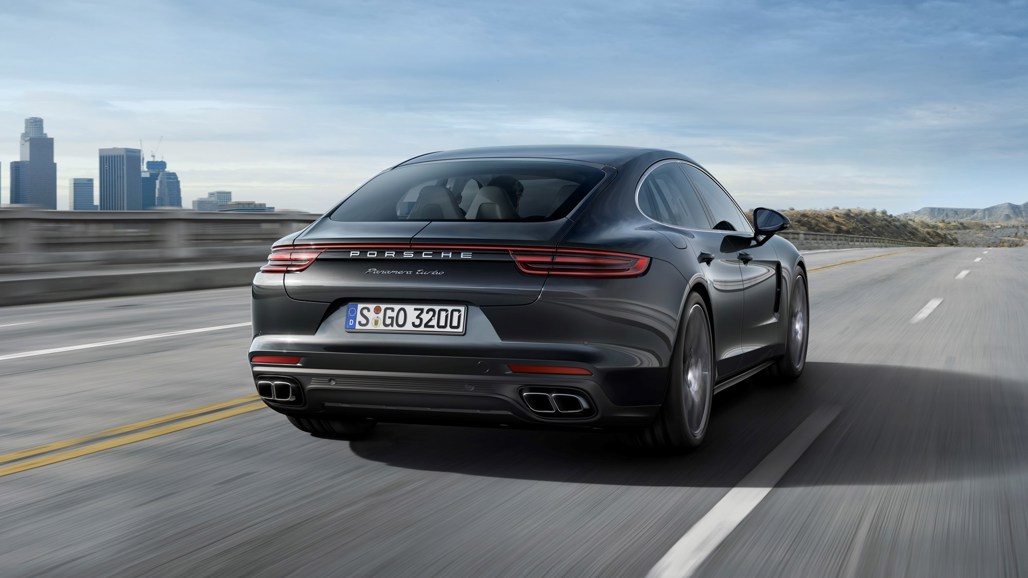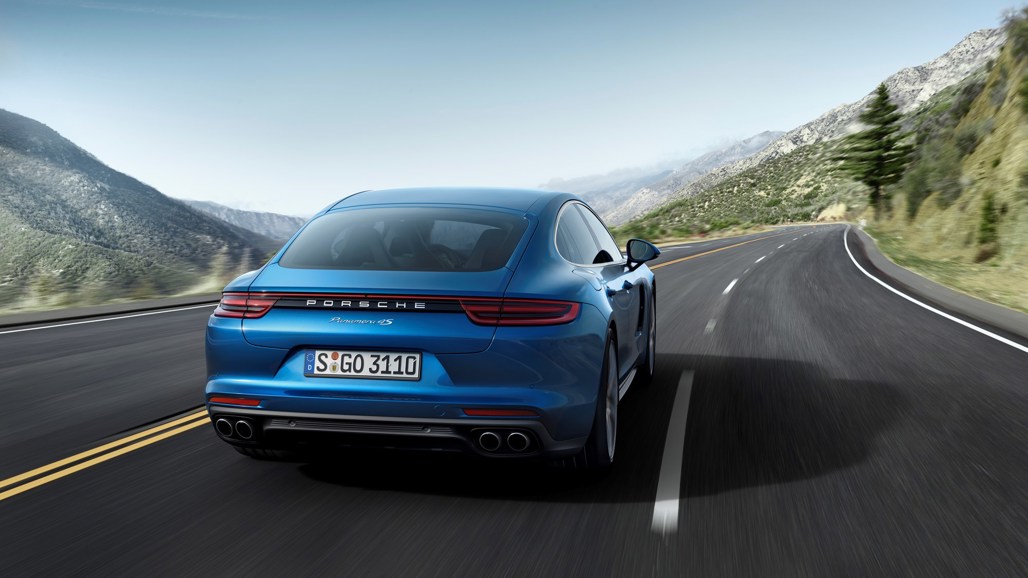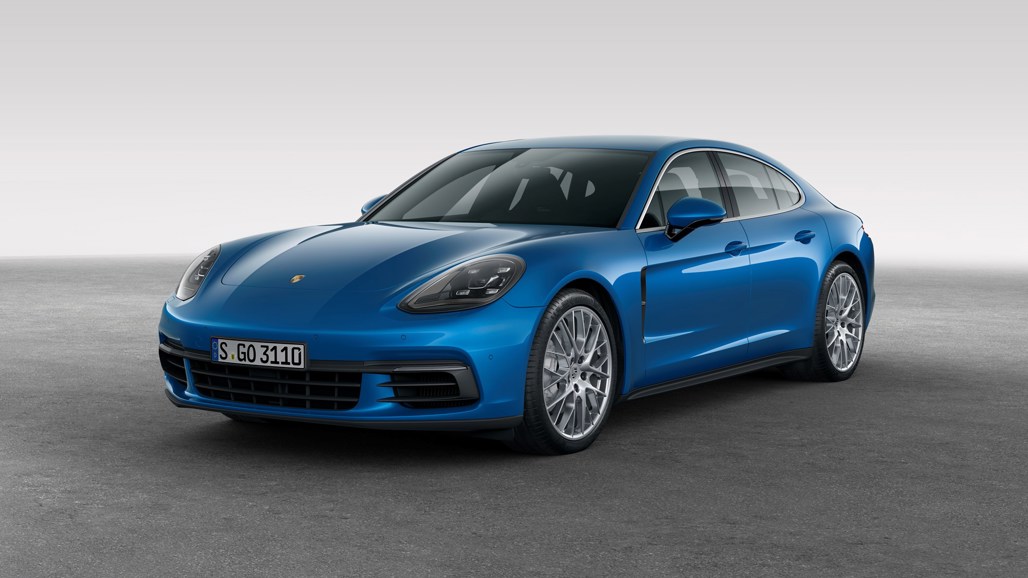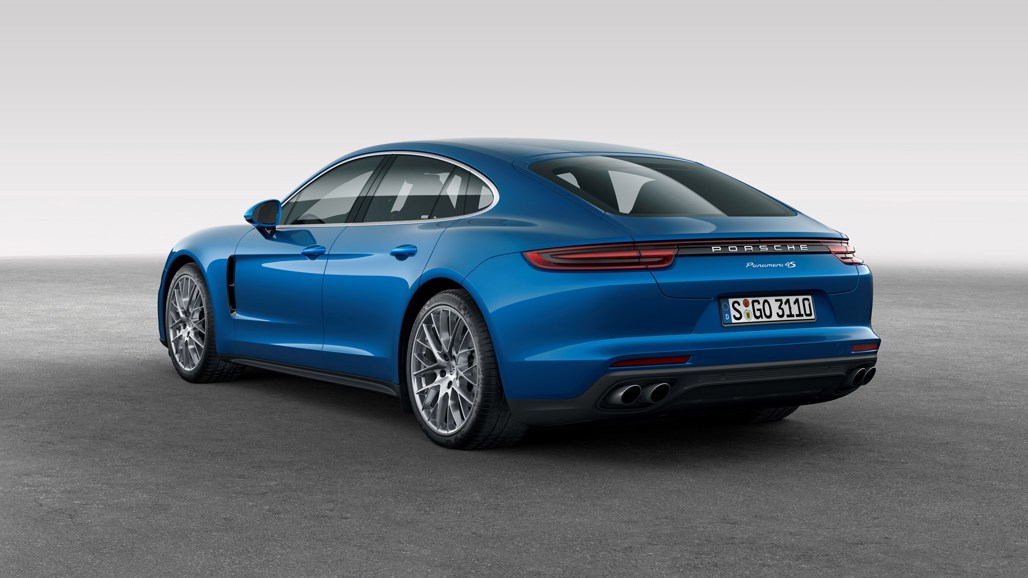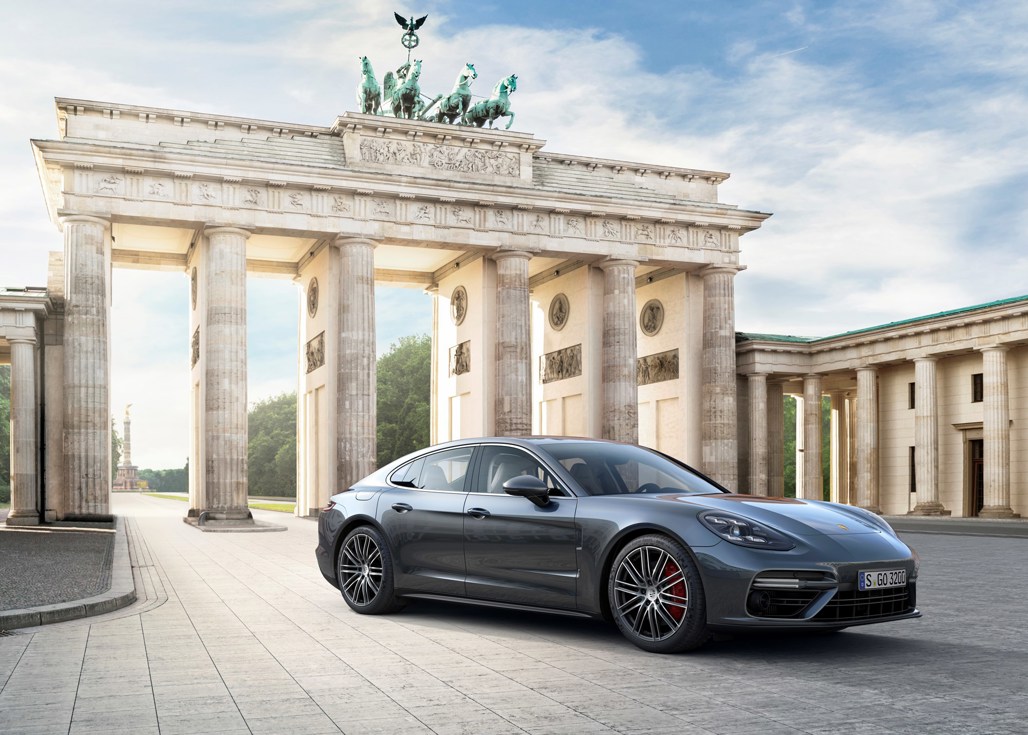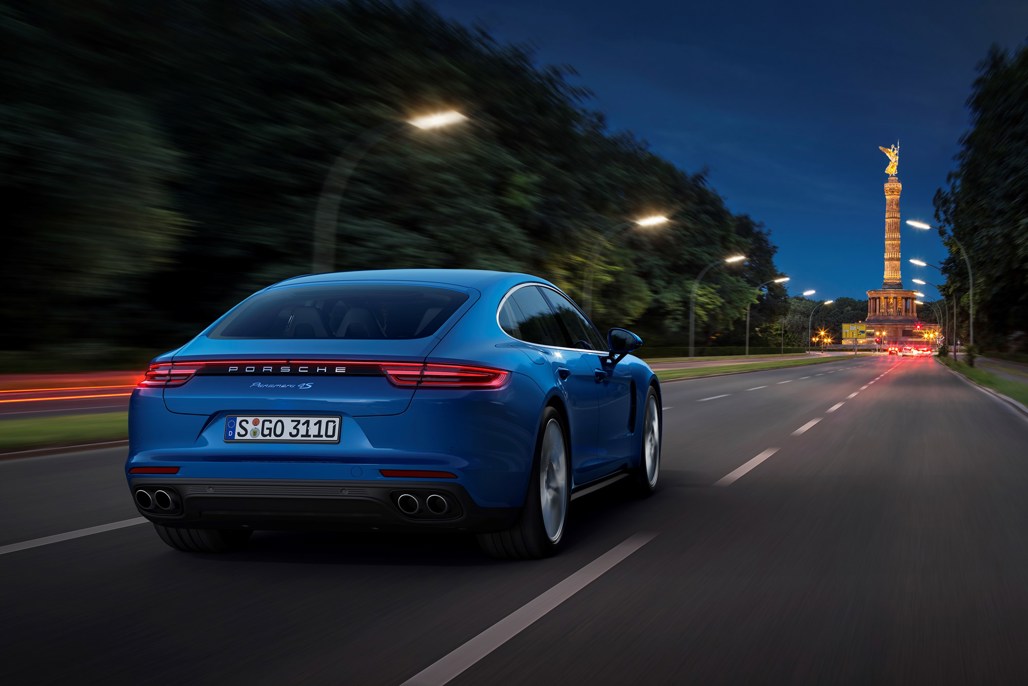Despite the internet’s best efforts to spoil the party by leaking images, Porsche had us collectively wowed when it pulled the covers off the new Panamera this week.
Now restyled and crammed with new technology, moving away from Porsche’s fascination with buttons, the new car has already been well received by critics.
First released in 2010, the Panamera occupies the luxury grand tourer segment of the Porsche lineup. Along with the Cayenne and Macan SUVs, it’s a Porsche you can truly call family friendly.
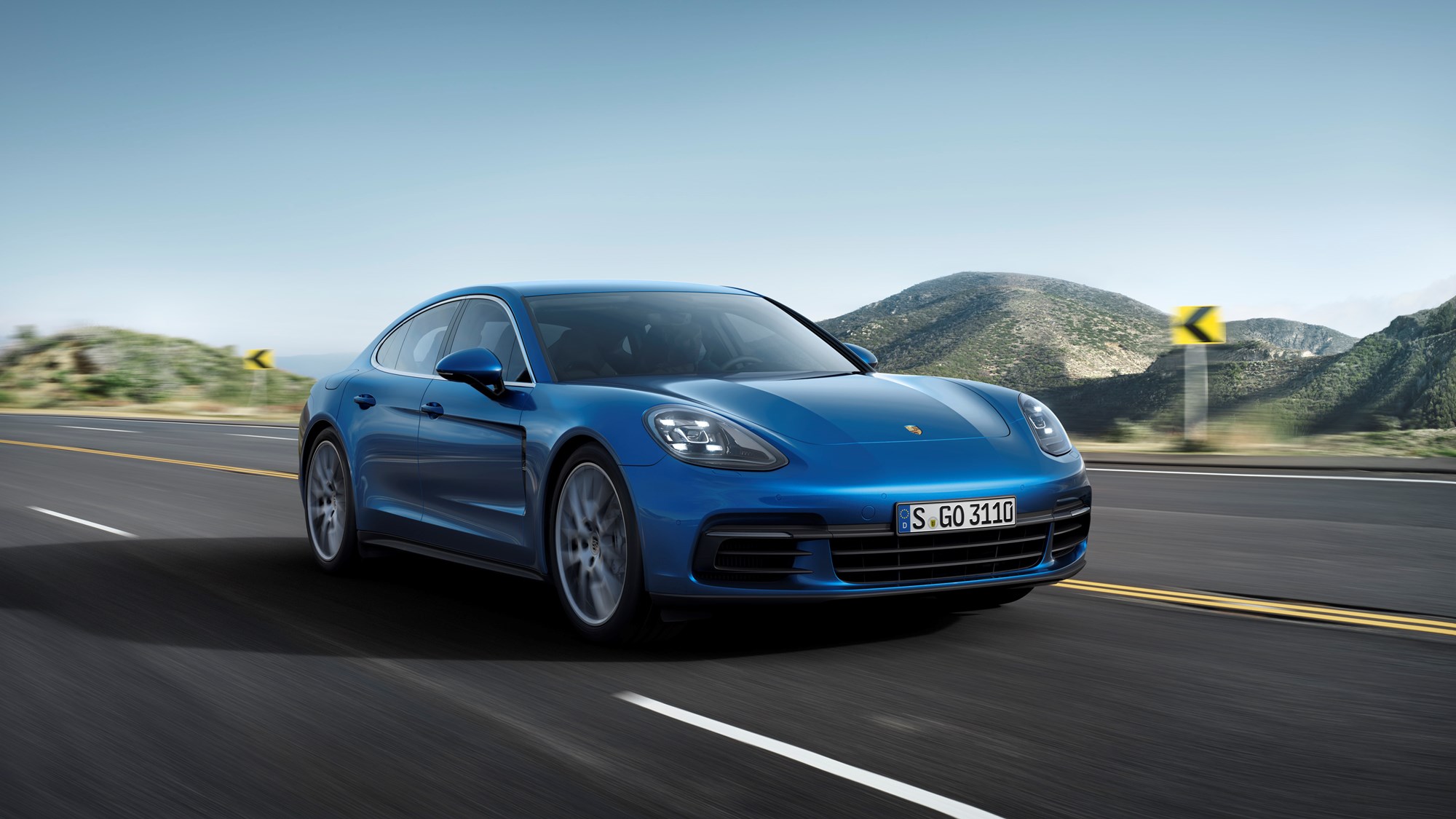
“The second generation of the Gran Turismo has been redeveloped from the ground up – with new engines, a new design and new technologies. Also new is that Porsche is now manufacturing the second-generation vehicle entirely at Porsche’s Leipzig production site, where €500 million has been invested, including a completely new body manufacturing facility,” said Porsche New Zealand general manager Greg Clarke.
Three models will be available at the launch of the 2017 model — the Panamera 4S ($275,300), Panamera 4S Diesel($284,900), and the top specced Panamera Turbo ($346,300).
All are offered with permanent all-wheel drive, a first for the diesel Panamera and each engine has undergone a redesign for the new model.
All engines powering the new Panamera are turbocharged. The turbos now reside in the centre of the ‘V’ of the V6 and V8 engines, which was part of the overall redesign to make the engines smaller (in terms of displacement and size) and more fuel efficient. Although that may sound like it takes away some of the Panamera Turbo’s glory, it doesn’t, with the 4.0-litre bi-turbo V8 of the Panamera Turbo by far the most powerful in the range. It has an unholy 404kW and 770Nm of power to ram home the sports car ambitions of the four-door grand tourer.
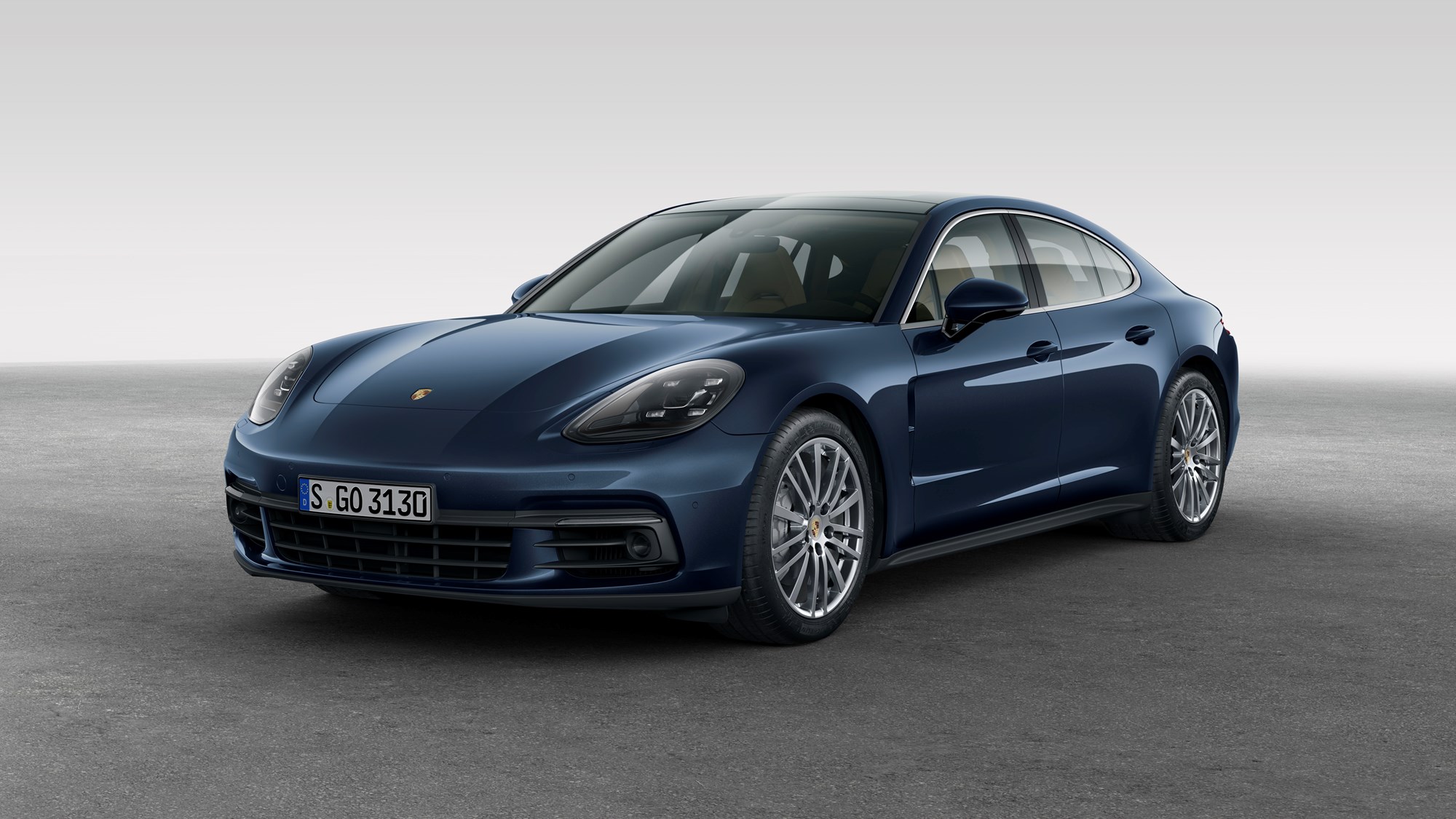
Like the Cayenne, the Panamera polarised Porsche’s fanbase when first launched, thanks in no small part to the styling of the four-door car. The second generation sees myriad changes in styling as well as under the aluminium skin.
The Panamera is now slightly larger, gaining 34mm in length. It is also 6mm wider and 5mm taller. The soft, curvy lines of the original Panamera have been sharpened. Much like how going to the gym tones humans’ muscles, the new car looks more muscular with more pronounced rear quarters and visibly sharper lines immediately catching the eye.
Lighting is now provided by LEDs, with the 4S and 4S Diesel vehicles also coming standard with Porsche’s dynamic light system, which swivels the direction of the headlights into bends for added visibility. The Turbo goes one step further, increasing safety with an LED highbeam across a total of 84 LEDs.
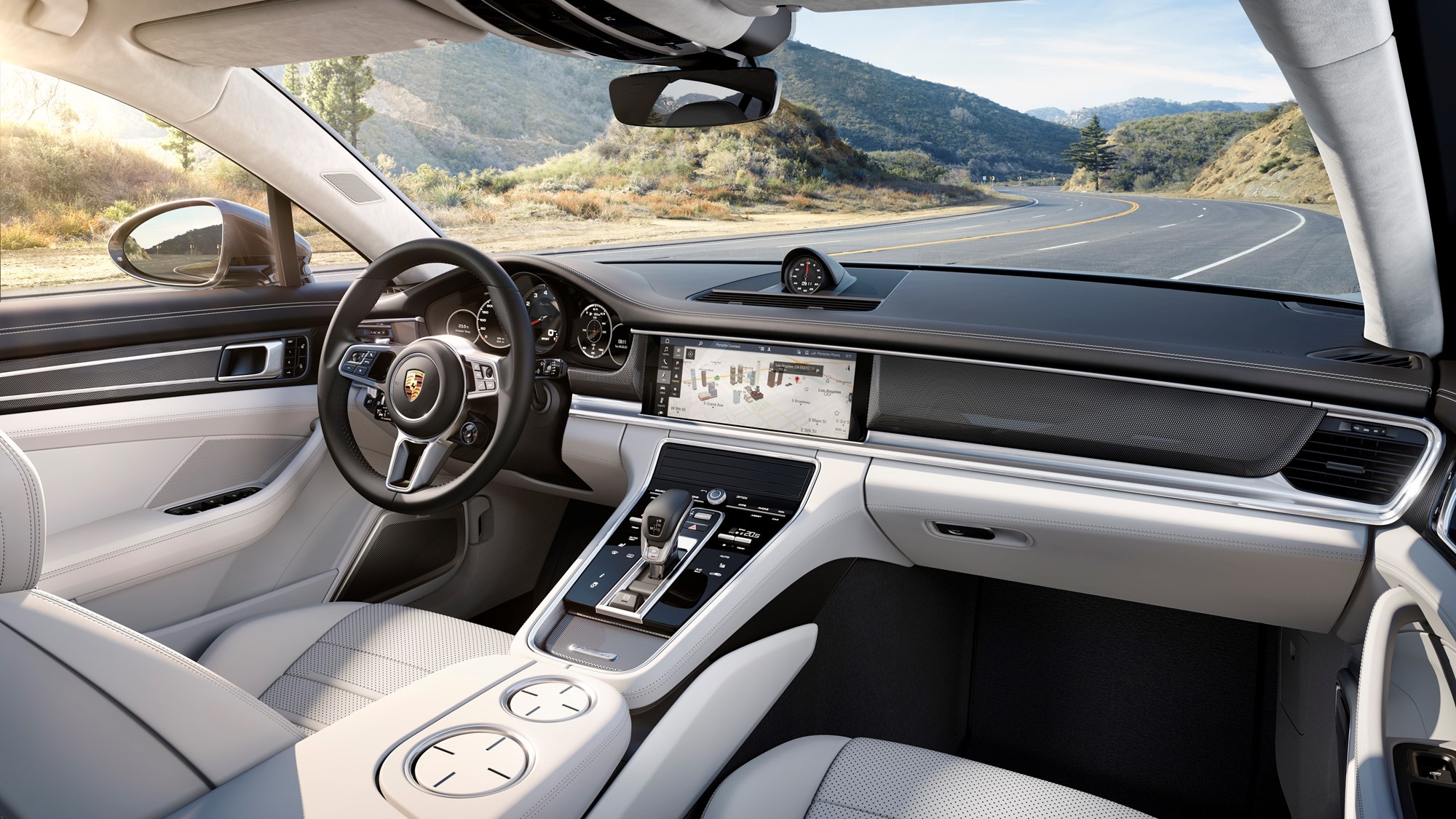
Anyone who has sat in a Porsche in the past couple of years will know just how many buttons the company likes to have in the cabin. In the new Panamera Porsche has finally moved on from the “a button for everything” approach and moved to much smarter and modern technology. The new interior design now uses touch-sensitive surfaces, much like those on a smartphone, vastly cutting down on what was once a sea of buttons in the cockpit.
Additional tech also goes to the driver, who now gets two 7in displays on either side of the analog tachometer providing much more data than more traditional drivers displays.
Porsche New Zealand is now taking orders for the new Panamera and expects local deliveries of the 4S and Turbo variants to begin early next year. The Panamera V8 4S Diesel will follow soon after.
